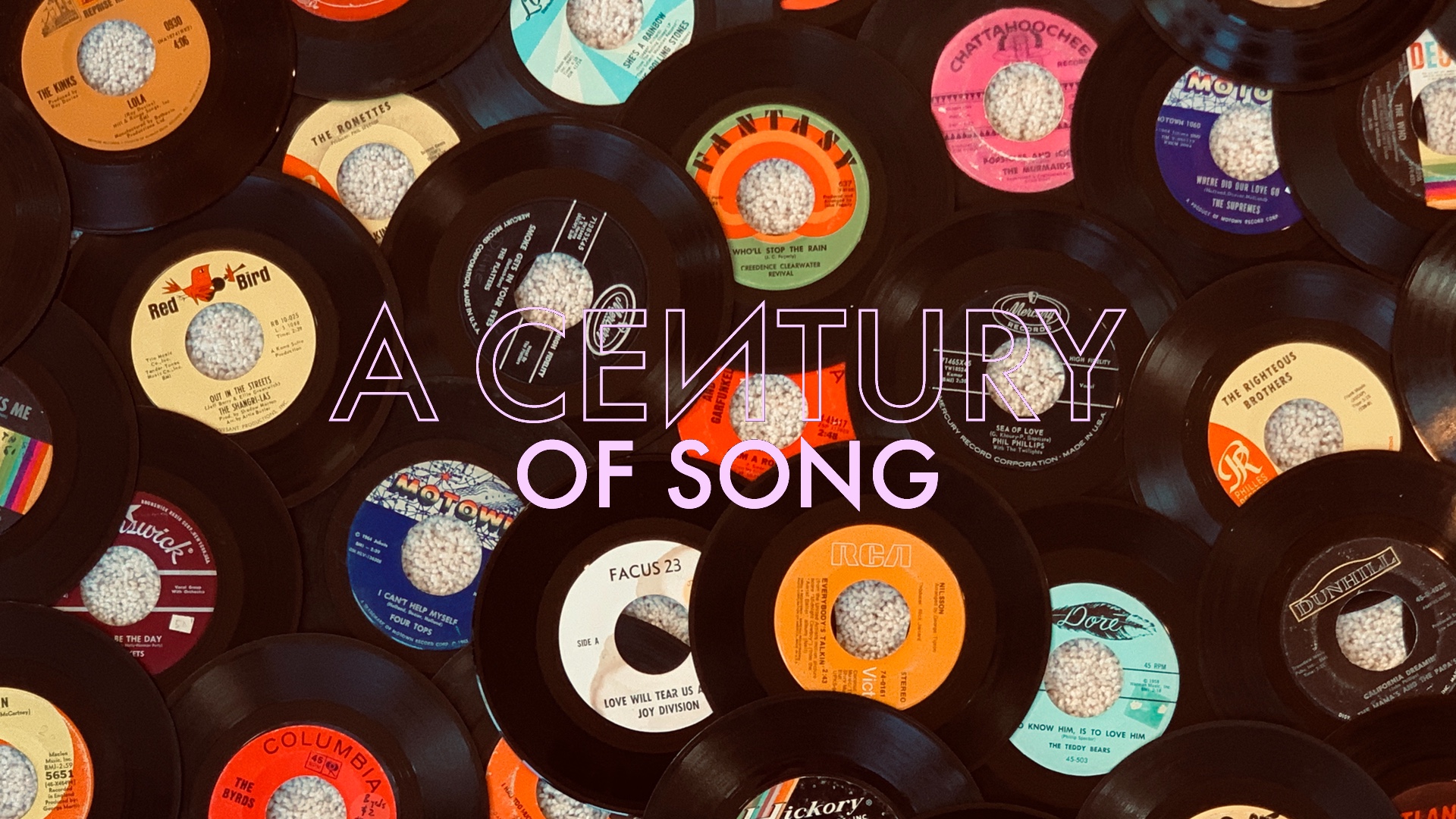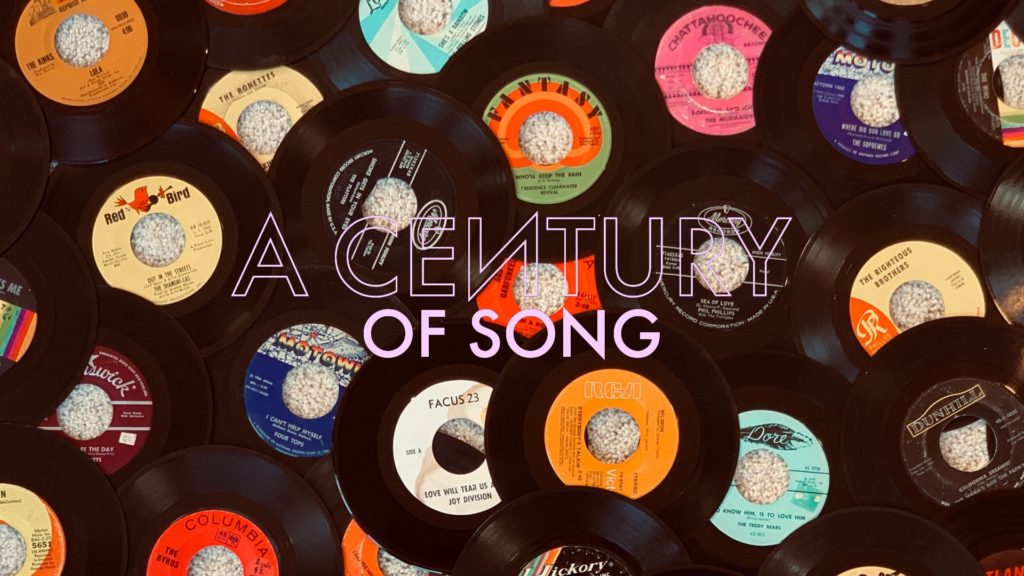
A Century of Song is an attempt to summarize 100 years of popular music through 1000 carefully chosen tracks. Included within this list are landmark singles, stellar album cuts, huge hits, hidden gems, and more than a few personal favorites. Read the introduction for the project here, and enjoy the embedded videos and Spotify playlist.
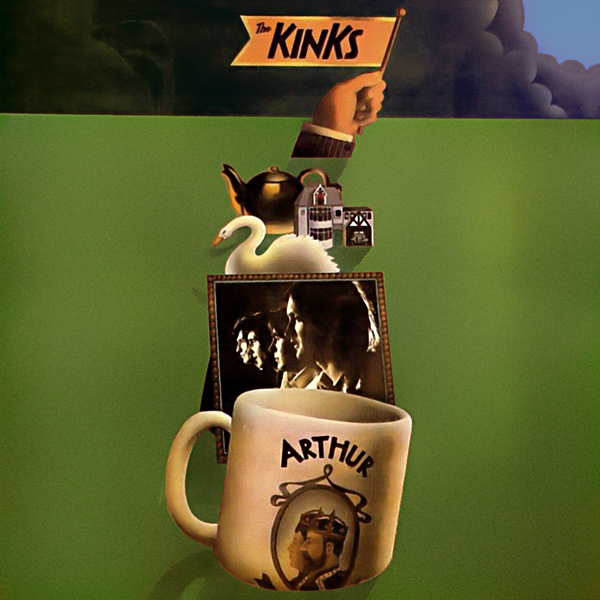
880
For their follow-up to 1968’s masterful Village Green Preservation Society, The Kinks retained that album’s conceptual scope, creating something of a “rock opera” around the fictional Arthur Morgan. Arthur also saw the group finding a middle ground between the baroque pop of their recent work, and the rockier sounds of their early years.
The album’s lead-off track, “Victoria,” falls much closer to the rock end of the spectrum. Ray Davies’ voice sounds hardened as he sings the praises of British imperialism. Like much of his writing from the era, debates continue as to whether or not Davies is being sincere or tongue-in-cheek as he bleats “I was born, lucky me, in a land that I love.” While the truth probably lies somewhere in between, there are no half measures in the band’s performance – particularly in the song’s joyous chorus, and in the hollers that appear in the background of its climatic final verse.
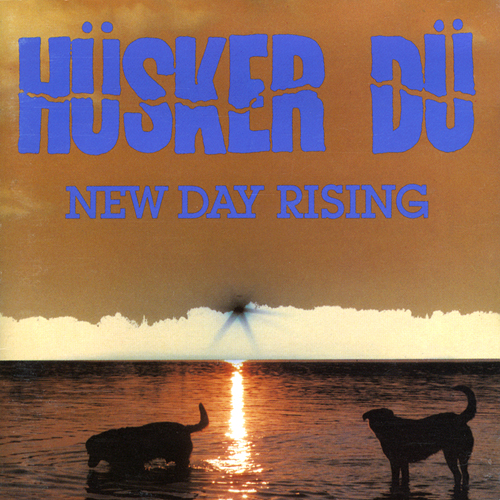
879
From their 1982 debut Land Speed Record to their final bow with 1987’s Warehouse: Songs and Stories, Hüsker Dü crafted one of the most celebrated catalogs in American indie rock. The Minnesota group thrived on – and was ultimately done in by – the tensions between its two main songwriters: Bob Mould and Grant Hart. While Mould wrote the lion’s share of Hüsker Dü’s songs, Hart turned in several of the group’s most memorable tracks, including this highlight from 1985’s New Day Rising.
Situated perfectly between their hardcore punk roots and the more polished sound of the two major label records released toward the end of their career, “The Girl Who Lives on Heaven Hill” is arguably Hüsker Dü’s finest moment. Mould’s buzz saw guitar sits high in the mix, and Hart’s vocals grow more frantic with each verse, as if they’re desperately trying to compete for space – a losing battle, but one that is thrilling to watch unfold.
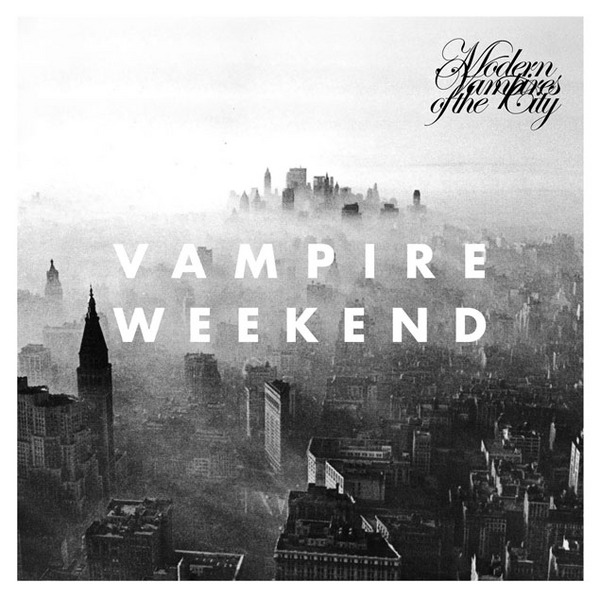
878
Like a lot of other listeners, I enjoyed Vampire Weekend’s first two records, but I didn’t exactly consider the group a likely candidate to release a classic album. Sharply written and immaculately arranged, the New York band’s third record, 2013’s Modern Vampires of the City, proved me wrong – a mistake that I was happy to admit to.
One of several high points from Modern Vampires, “Step” was initially inspired by the Oakland hip-hop group Souls of Mischief. Their song “Step to My Girl” forms the basis of Ezra Koenig’s literate, reference-heavy lyrics. On paper they’re dense, but Koenig’s easy delivery helps to keep the song from slipping into tedium. So too does the lush baroque pop arrangement provided by the band’s talented multi-instrumentalist, Rostam Batmanglij. His mix of keyboard sounds – piano, harpsichord, organ, Mellotron – give “Step” a sense of stately grandeur in a compact setting.
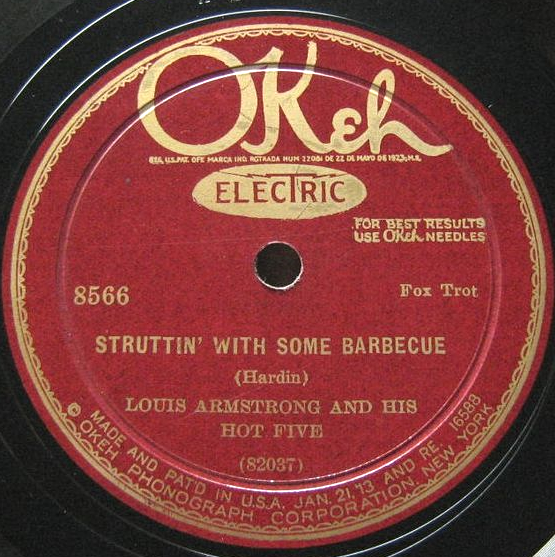
877
The name sitting at the center of this excellent 1928 single by Louis Armstrong and His Hot Five is that of Armstrong’s wife – and Hot Five pianist – Lil Hardin Armstrong. Hardin was a critical figure in Armstrong’s rise to stardom. The two met while playing together in King Oliver’s Creole Jazz Band, and it was Hardin who would encourage Louis to leave the group, and become a bandleader of his own.
Hardin’s most famous composition, “Struttin’ With Some Barbecue,” is a quintessential Hot Fives recording. Music this joyously exuberant had never been heard before, and rarely since. Unsurprisingly, the solos from Johnny Dodds (clarinet) and Kid Ory (trombone) are spectacular, but it’s Louis Armstrong himself who ultimately takes over with a magnificent solo performance while the band plays behind him in stop-time.
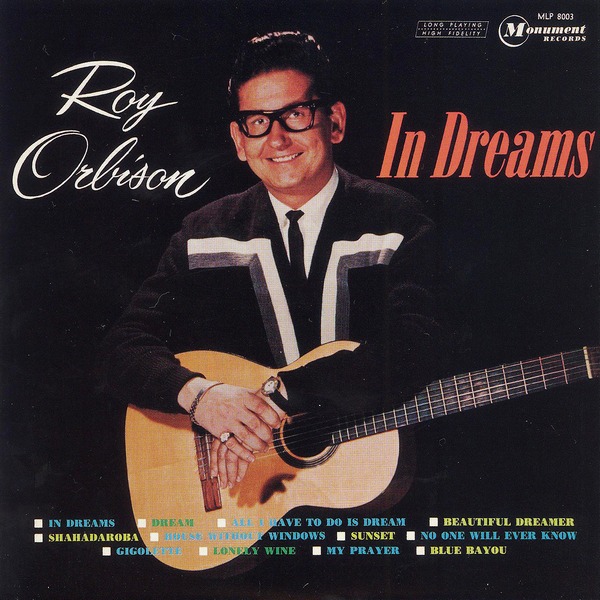
876
When we last heard from Roy Orbison, he was “Crying” in one of his greatest ballads (#956). “In Dreams” is every bit as dramatic, but the subtle instrumental touches, and the song’s unconventional composition, make it an even more affecting track – and the finest single in the legendary vocalist’s extensive catalog.
There are a lot of great individual moments in “In Dreams,” but I’ll focus on my favorite. For the first section of the song – there is no chorus, per se, just “build” – Orbison follows a somewhat standard C-Dm-G7 chord progression. As the song switches to its second movement, the progression goes from C to Fm, immediately giving it a much darker undertone – one offset by the orchestral swells that punctuate the endings of the lines that follow. It’s a disorienting moment in a spellbinding song, and its subtly unsettling nature made it a natural fit for David Lynch, who memorably used it in his 1986 film, Blue Velvet.
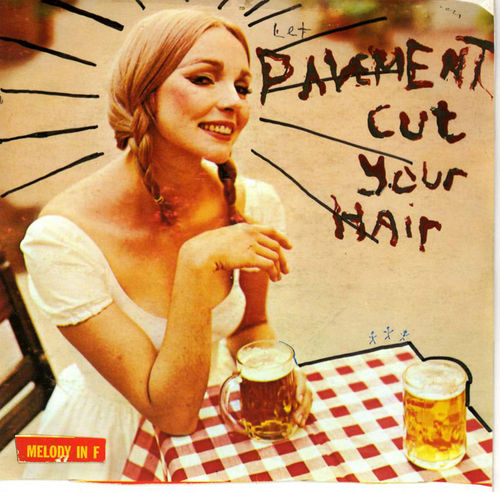
875
The first Pavement song that I ever heard, “Cut Your Hair” kick-started my first conscious foray into contemporary indie rock. By that point, I had gotten into several former indie bands (Sonic Youth, Dinosaur Jr., Meat Puppets), and bought a handful of albums released on independent labels – earlier records by the aforementioned groups, and occasional oddballs like Sunny Day Real Estate’s Diary. However, there was something noticeably different about Pavement and their rough-around-the-edges presentation.
“Cut Your Hair” was the first single from 1994’s brilliant Crooked Rain, Crooked Rain, and its sarcastic commentary on scene politics underscored the band’s underdog status. However, its irresistible hook helped to make “Cut Your Hair” a slacker anthem, and it dramatically expanded Pavement’s profile; enough to where a small town kid could talk his mom into driving him to the mall to buy its parent album.
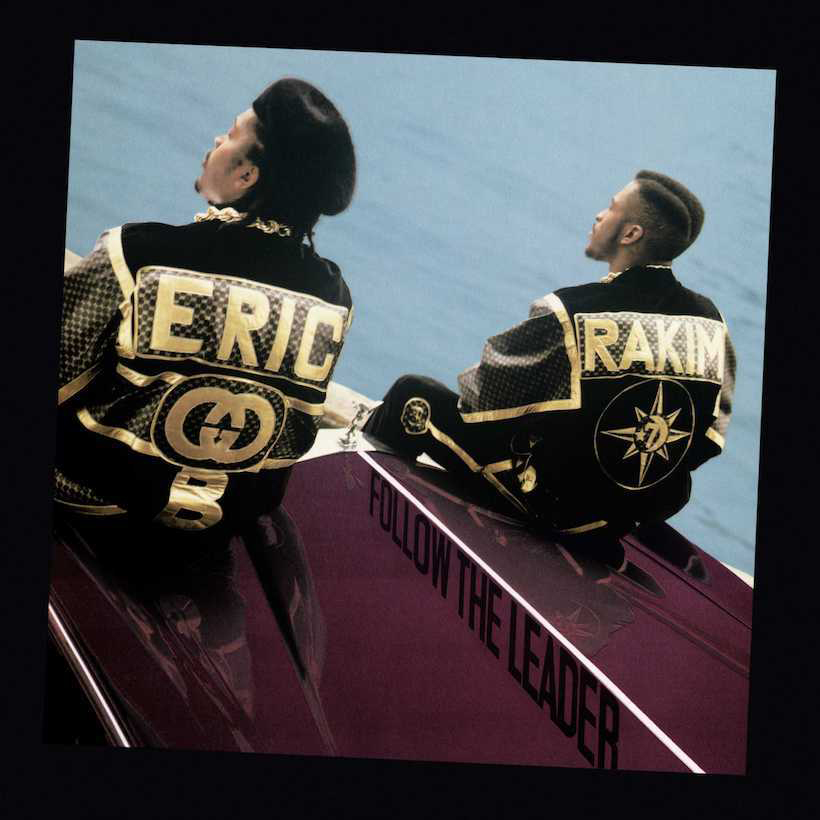
874
Eric B. & Rakim’s 1987 debut album, Paid in Full, represented a new era in hip-hop music, with its complex lyricism and sparse, sample-based production. While Paid in Full was a landmark, it’s arguable that the album’s follow-up, 1988’s Follow the Leader, was even better – particularly its opening title track.
“Follow the Leader” juxtaposes a brutally low bass line with a hypnotically ambient airiness, allowing plenty of space in the middle for Rakim’s then-unparalleled lyrical flow. Not only was the song itself revolutionary, but its music video also helped to set a new standard for both production and concept. Fittingly, it was premiered on the inaugural episode of MTV’s pioneering hip-hop program, Yo! MTV Raps.

873
The biggest hit of Warren Zevon’s career, “Werewolves of London” would ultimately become the sardonic singer-songwriter’s signature recording. Though Zevon himself spent the rest of his life bewildered by the track’s lasting success, it has remained a staple of classic rock radio.
Written as something of a lark, “Werewolves of London” is endearing for both its humorous lyrical content and undeniable piano hook – repurposed by artists both good and revolting. However, it’s the sing-along nature of the song’s chorus that was most responsible for making it a hit, and turning 1978’s Excitable Boy into the best-selling album of Zevon’s career.
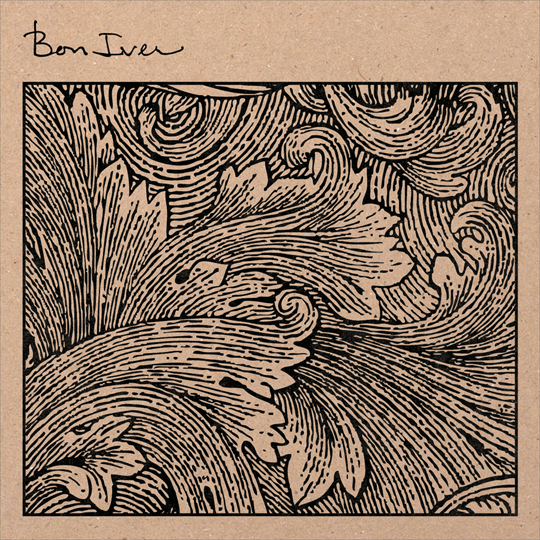
872
Much has been made of the self-imposed isolation that led Justin Vernon to record his first album as Bon Iver, 2007’s For Emma, Forever Ago. While the log cabin mythology is part-real and part-romanticization, a prevailing sense of loneliness can be felt on the album’s hauntingly intimate opener, “Flume.”
Like much of Vernon’s work, “Flume” is lyrically cryptic. Attempting to decode the song gives the sense that he valued the sound of his words over their meaning. Like the rest of For Emma, “Flume”‘s instrumentation is stark. Its minimalistic drums ultimately take a backseat to the buzzing of Vernon’s guitar strings – likely achieved through the use of an EBow – and the cheerless sound of his multi-tracked voice remains the song’s focal point.
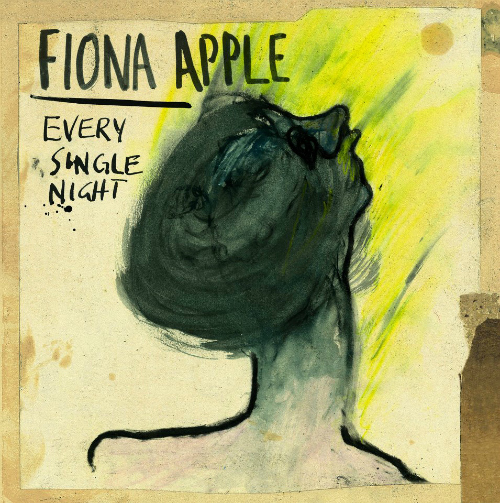
871
Fiona Apple’s fourth album – The Idler Wheel is Wiser Than the Driver of the Screw… – arrived in 2012 after an extended hiatus from the singer/songwriter. Hailed by many publications as her finest release to date, the album featured the most sparse arrangements of her career, alongside her characteristically-introspective lyrics.
Though “Every Single Night” sounds defiantly anti-commercial with its minimalistic arrangement of celeste and marimba, the song was released as the first single to The Idler Wheel. Vaguely reminiscent of Swordfishtrombones-era Tom Waits, “Every Single Night” represented a step in a bold new direction for an always exploratory artist.
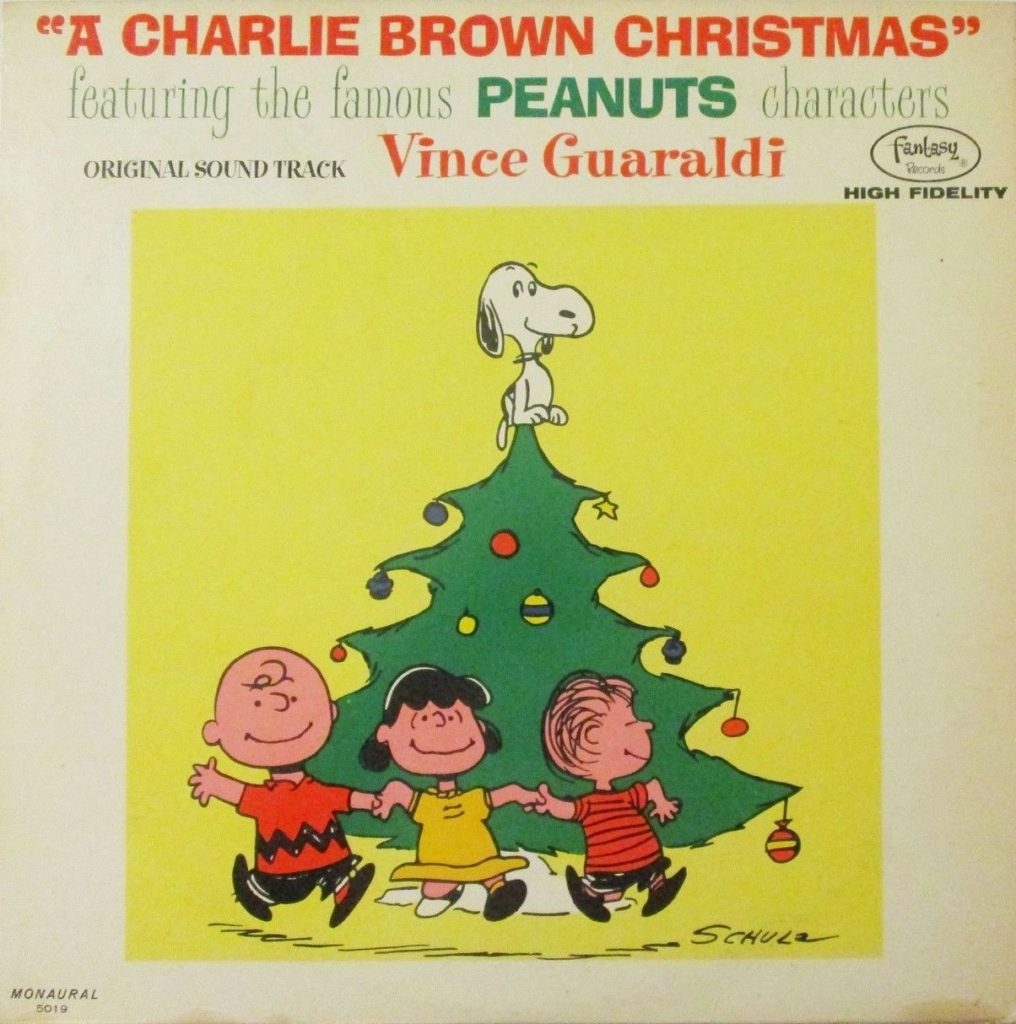
870
There are few songs on this list with the cross-generational appeal of Vince Guaraldi’s best-known composition. First released by Guaraldi in 1964, “Linus and Lucy” would reach iconic status through its association with the 1965 soundtrack to A Charlie Brown Christmas.
Indomitably cheery, “Linus and Lucy” is remarkably expressive for an instrumental track. Its vividly energetic pacing and deceptive complexity make for a surprisingly sophisticated earworm. One gets the sense that, even without its famous affiliation with the Peanuts gang, it would remain a much-celebrated classic.
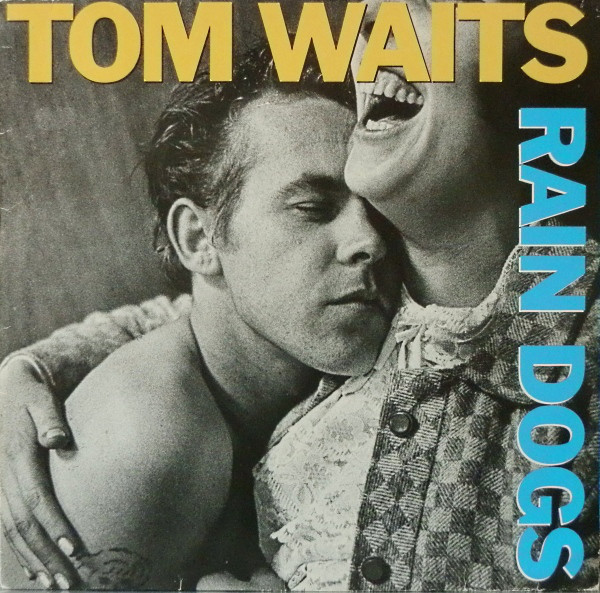
869
1985’s Rain Dogs is a thoroughly-brilliant display of songwriting, and the finest album in Tom Waits’ illustrious discography. While the album found Waits taking his deepest dive yet into experimentalism, its most touching – and arguably most impressive – moment is this surprisingly straightforward track.
“Hang Down Your Head” abandons the junk shop instrumentation and vocal affectations that are often associated with Tom Waits’ most restlessly-creative era, but it finds him tapping into a warm sentimentality that he rarely gets enough credit for. Co-written with his wife, Kathleen Brennan, the song features Waits on the pump organ, and the now-unmistakeable guitar work of Mark Ribot, who worked with Waits for the first time on Rain Dogs, and would become one of his most important collaborators.
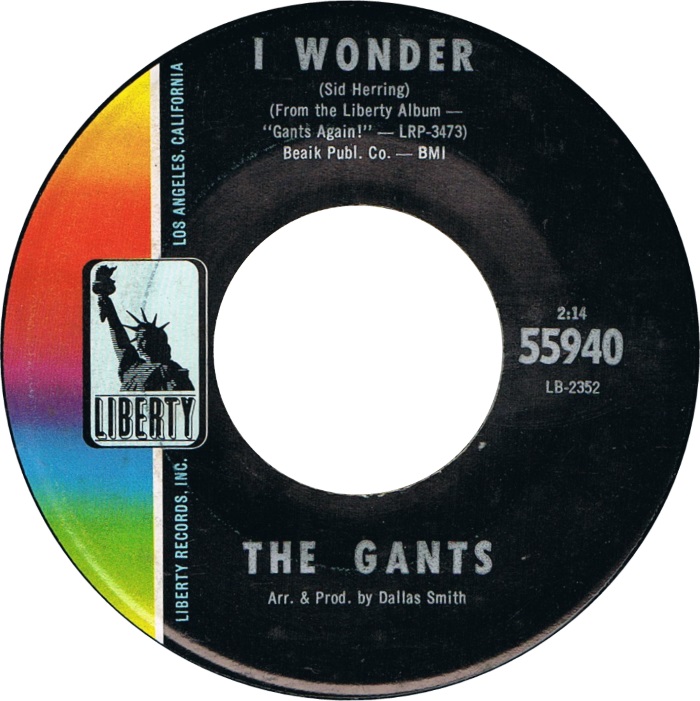
868
In 1966, while speaking to journalist Maureen Cleave, John Lennon made his infamous “more popular than Jesus” remark. Lennon’s quip went virtually unnoticed in Britain, but set off a firestorm of controversy in the United States – particularly in the Deep South, where radio deejays, religious leaders, and concerned parents organized “Beatle bonfires,” where the group’s LPs and memorabilia would be ceremoniously burned in protest.
While thousands of Southern teenagers threw their Beatles records into bonfires, the members of the Greenwood, Mississippi group, The Gants, clutched theirs tightly. The next year, the group would record an original composition, “I Wonder,” which cribbed a melody from Lennon’s “In My Life,” creating one of the most effortlessly charming garage rock singles of the sixties.
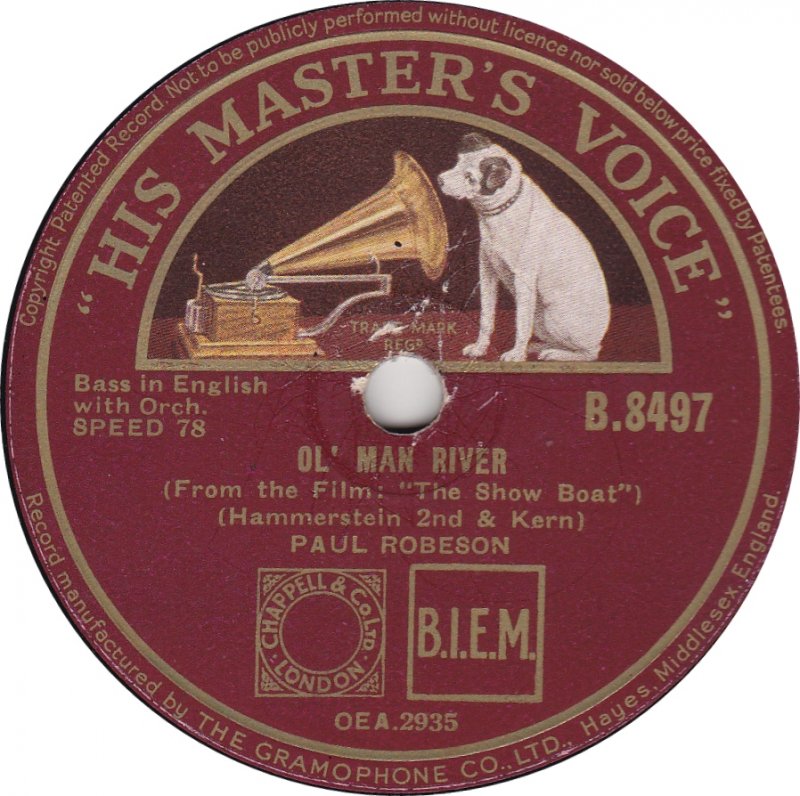
867
Written by Jerome Kern and Oscar Hammerstein II for the 1927 stage production Show Boat, “Ol’ Man River” would become iconic in the hands of singer/actor/athlete/lawyer/political activist Paul Robeson. It was Robeson’s performance of the song in the 1936 film adaptation of Show Boat that stands as the most memorable, but he would return to it many times throughout his career.
Robeson’s distinctive bass vocal gives tremendous weight to “Ol’ Man River,” adding another dimension to its already-notable commentary on race and social class. His voice is powerful throughout, but it’s on the climactic crescendo – “I’m tired of livin‘, and scared of dyin’” – that it becomes a performance for the ages. There are many other worthwhile takes on the song, but none that convey the same hard-earned authenticity of this one, sung by a man who had accomplished so much in the face of so many obstacles.

866
Like many others, I was first directed to “Coffee & TV” – and Blur’s 1999 album 13 – through its fantastic music video. A rarity for Blur, the song was the band’s first single to feature Graham Coxon on lead vocals, instead of Damon Albarn, and though it wasn’t one of their biggest hits, it stands as my favorite track by the group.
Built around a unique chord progression, “Coffee & TV” found Blur again channeling the American indie rock bands that had inspired their 1997 self-titled album. Its mid-tempo pacing – highlighted by Coxon’s unassuming vocals, and his inventively minimalistic guitar solo – made it one of the more conventionally appealing moments on the band’s most experimental record to date.
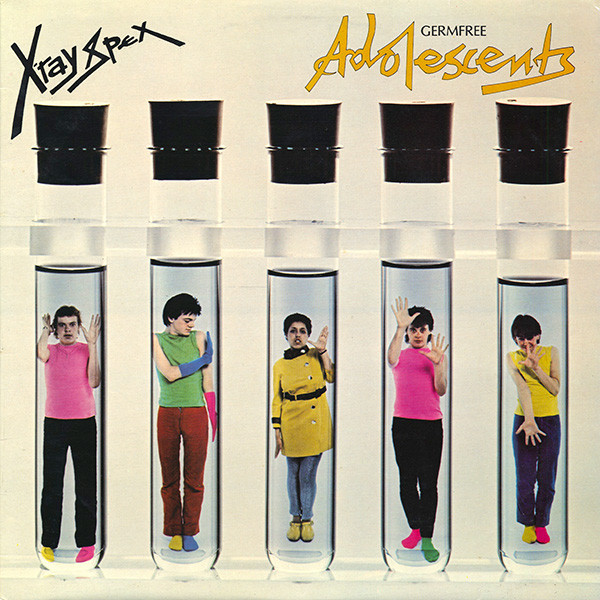
865
Though their 1977 debut single “Oh Bondage Up Yours!” is the best-known track by the short-lived X-Ray Spex, this song from their debut album – 1978’s Germfree Adolescents – is my favorite in their catalog. Capping off a trailblazing record that mixed feminist and anti-consumerist messaging, “The Day the World Turned Dayglo” is one of the best examples of peak-era British punk.
As is the case with every song in their limited discography, the primary focal point of “The Day the World Turned Dayglo” is the vocal performance of Marianne Joan Elliott-Said – aka “Poly Styrene.” As a woman fronting a punk group, Poly Styrene was something of an anomaly, but her distinctively powerful vocals helped X-Ray Spex stand out among their peers on the British scene. As the closer to Germfree Adolescents, it provides a thrillingly breathless conclusion to a classic album.
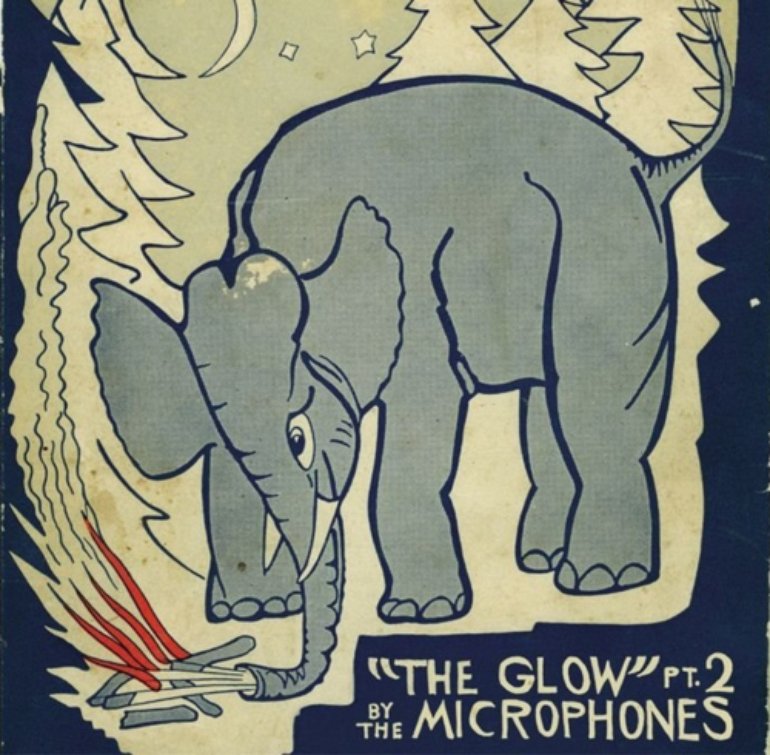
864
The Glow Pt. 2 is the masterpiece of Phil Elverum, one of the most idiosyncratic songwriters in recent memory. Like all of his work, the album is intrinsically linked to his native Pacific Northwest – particularly the lush forests of the Washington coast, near Elverum’s hometown of Anacortes.
The Glow Pt. 2‘s opener, “I Want Wind to Blow” is a characteristic Microphones track, in its evocation of nature, hushed vocals, and lo-fi production. As the point of disembarkment for a truly singular listening experience, hearing “I Want Wind to Blow” is akin to stepping out into a rainy woodlands at nightfall, and falling asleep against a moss-covered tree. It’s cold, dark, and disorienting, but oddly comforting.
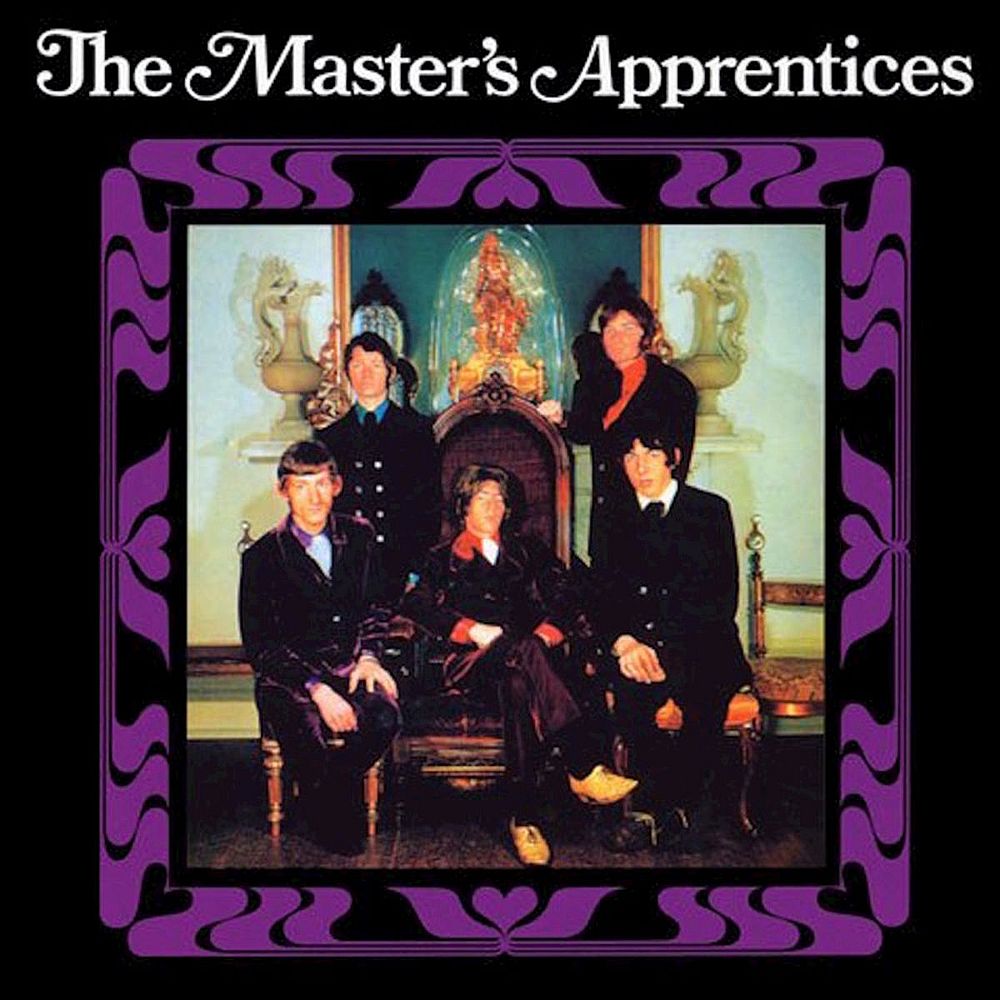
863
In June of 1965, the first wave of Australian soldiers arrived in Vietnam. Prompted by the United States’ “escalation” efforts, Australia joined the fight against the spread of communism, and like their American counterparts, would find that commitment to become increasingly controversial among its nation’s youth – particularly after the 1966 implementation of a policy that would send draftees to Vietnam.
Among the Australian youth eligible for conscription were the members of The Master’s Apprentices, whose lead singer Jim Keays avoided Vietnam by joining the army reserves. Written by guitarist Mick Bower, “Wars or Hands of Time” was among the earliest Australian rock songs to address the war – albeit in a way that largely avoided the politics of the moment. In its time, “Wars” took a backseat to its successful A-side, “Undecided,” but the song has ultimately become The Master’s Apprentices’ most timelessly endearing track.
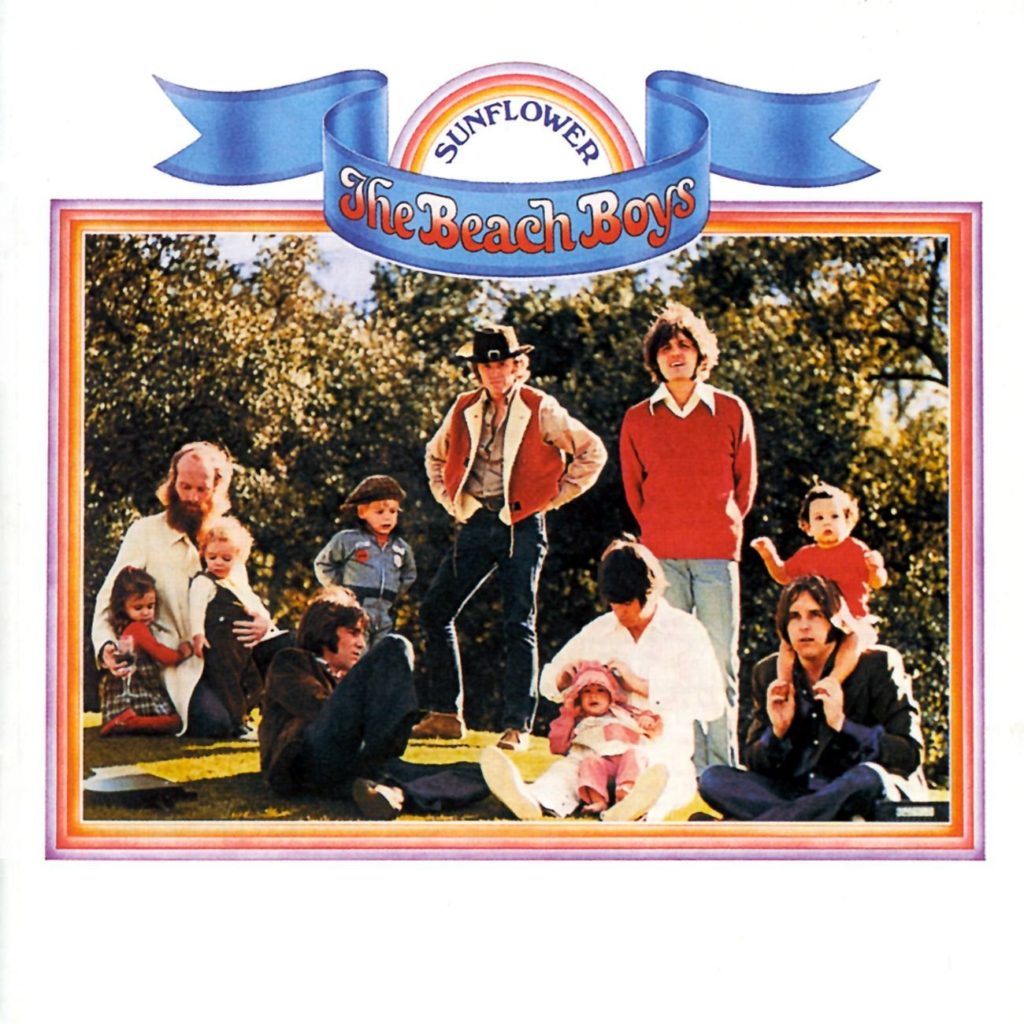
862
1970’s Sunflower found The Beach Boys creating their most democratic album to date, largely due to the declining control exercised by their resident genius, Brian Wilson. However, Wilson’s presence was fully felt on the album’s highlight, “All I Wanna Do” (not to be confused with their less-than-great 1969 song, “All I Want to Do”), which today sounds like a predecessor to modern dream pop.
Featuring one of the best lead vocals by Mike Love – a man that I’m not quick to praise – “All I Wanna Do” sounds several years ahead of its time in its embrace of warm ambience. It’s a track that could get by on its instrumental atmosphere alone, but Love’s (rare) downplayed vocal – and the group’s backing harmonies – help to make it a classic Beach Boys track. It stands as one of the best relatively-hidden gems in their discography.
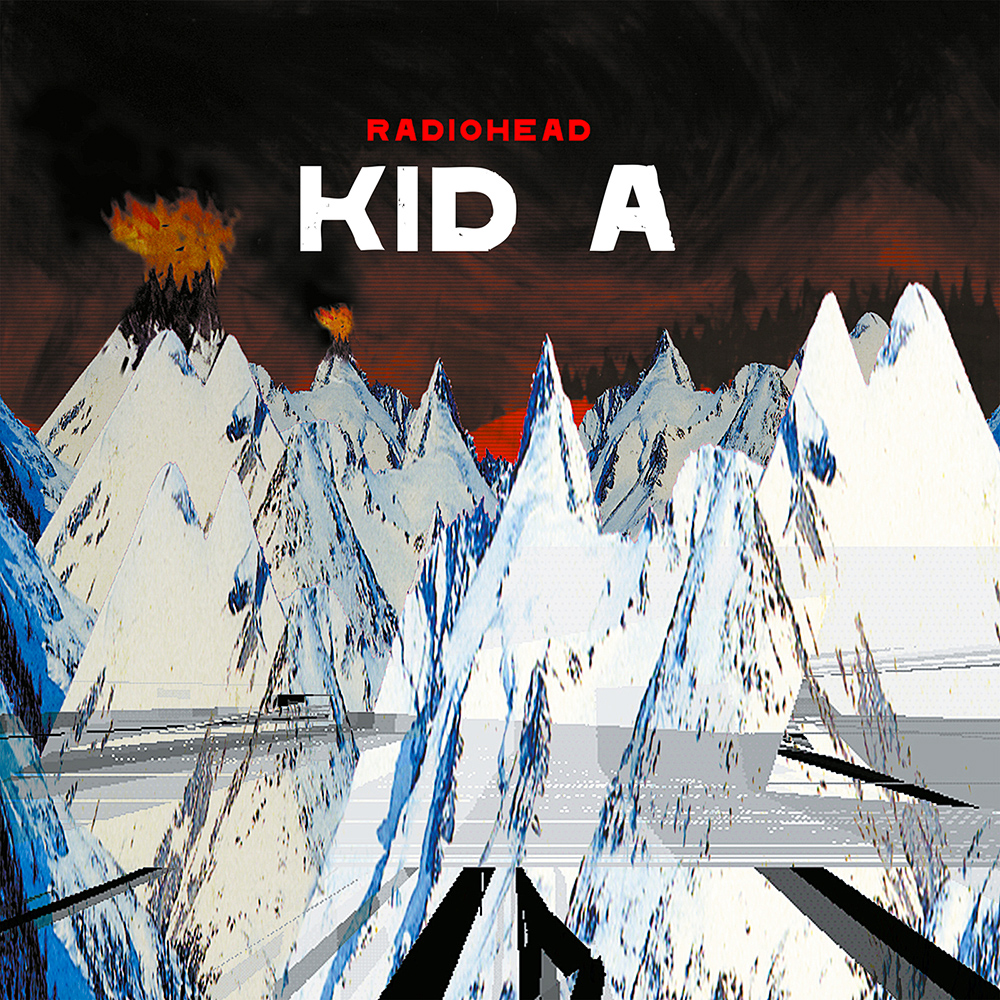
861
1997’s OK Computer signaled a complete paradigm shift in rock music. So massively influential that even Radiohead’s own heroes were said to have borrowed from it, the album was a true game-changer. How does a band follow that? If you’re Radiohead, you shift the paradigm again, which is exactly what happened with 2000’s equally monumental Kid A.
Kid A found the Oxford band diving even deeper into the realm of abstraction, creating an impressionistic soundscape in ten thrilling acts. Even longtime fans found easy reference points difficult to identify upon initial listens – which was riveting some some, and frustrating for others.
The first glimpse of normalcy came with the album’s third track – the slyly titled “The National Anthem.” Buoyed by its insistent fuzz bass and driving beat, the song mixed the band’s few surviving rock elements with the otherworldly sounds of Jonny Greenwood’s ondes Martenot and a horn section that recalled Charles Mingus at his most cacophonous.


